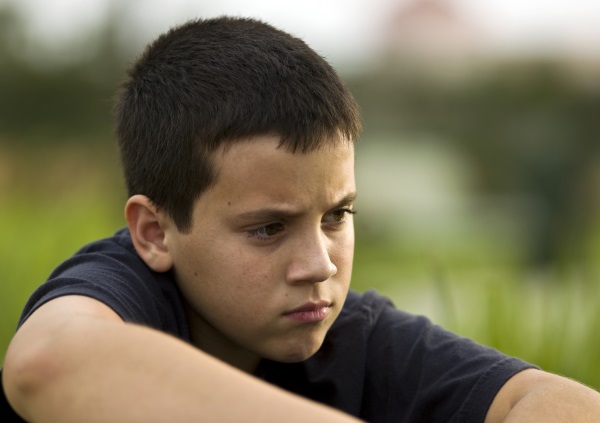An increasing number of children do not respond to normal classroom discipline. Elizabeth Smith outlines the key points to remember when faced with exceptionally challenging behaviour.

The number of children who are classified under the umbrella term 'social, emotional and mental health' (SEMH) needs in mainstream schools has increased considerably in recent years. These children find school difficult, do not achieve and present with challenging behaviour.
Normal classroom discipline plans alone are insufficient and a different approach is needed to manage their behaviour in a way that keeps them, the other children in the class and the class teacher emotionally safe.
Underpinning the success of managing the diverse needs that will be present in each classroom is the skill of the teacher in intervening early to de-escalate situations calmly when they arise, to ensure the education continues smoothly and uninterrupted for all those present.
De-escalation techniques go against our natural fight-or-flight reflexes. Remaining calm and professionally detached is not natural and therefore it is a skill that will need to be practised. We need to retrain ourselves to respond in a different way when a challenging situation occurs.
Reasoning with an angry child is not possible but, in our role as caring teachers, this is often our immediate response. Our aim instead should be to reduce the level of agitation so discussion then becomes an option and a better outcome is achieved.
De-escalation techniques are most successful when used early, before the child becomes physically aggressive. To do this, it is necessary to be aware of and spot early signs of agitation such as:
These signs should not be ignored and you should never turn your back on an angry child in the hope that they just calm down.
Pacing is a cycle of feeding off someone’s emotions and escalating. If the child can make you as angry as them, it gives them permission to become even angrier and the child can justify their own hostility.
You may not always know what you are going to do, but keep in your head what you are not going to do. When the child has least control, it is time for the teacher to have the most control over themselves.
Calm can be just as contagious as fear and must be communicated to the child. Approximately 55% of what we communicate is through physiology, 38% is through the tone of our voice and just 7% is through the words that we use. It is useful to remember these proportions when you are trying to de-escalate. Ensure you are modelling the behaviour you want the child to emulate.
Appear calm and self-assured
Make sure you are not displaying the same signs of agitation that can be seen in the child: unclench your fists, do not hold eye contact and avoid standing square to the child.
Maintain a neutral facial expression
Even our eyebrows can indicate we are surprised or angry, and similarly our mouths can betray our emotions unwittingly. Another natural reaction we often have when under stress is to smirk or giggle, which must be controlled.
Allow space
Entering a person’s personal space can be useful to refocus on a task when the situation is calm, but when a child is agitated this can indicate aggression and escalate the situation. Staying some distance away will also help keep you safe should the child become physically aggressive.
Control your breathing
When we are stressed, angry or tense, our breathing becomes more shallow and rapid. If we take deeper, slower breaths, this will not only help keep us calm, but the child will begin to match our own breathing pattern. It can sometimes help to match the child’s breathing initially then gradually slow it down.
Lower your voice and keep your tone even.
It is hard to have an argument with someone who is not responding aggressively back to you.
Distraction and diversion are extremely useful.
When a child is aggressive, they are responding with their own fight-or-flight instincts and not thinking about their actions.
Distract them and engage their thinking brain, perhaps by changing the subject or commenting on something that is happening outside the window.
Give choices, repeat these using the broken-record technique if necessary, and do not get drawn into secondary behaviours such as arguing back, which are designed to distract or upset you.
Acknowledging the child’s feelings shows that you have listened to them, and can be crucial when diffusing a situation; for example, ‘It must be really difficult for you ... thank you for letting me know’.
Use words and phrases that de-escalate, such as:
Sometimes, no matter how carefully and skillfully you try to de-escalate a situation, it may still reach crisis point. Know your school systems for summoning help and moving bystanders to safety.
After any outburst or incident, always make time to debrief, repair and rebuild, or the relationship will flounder and continue to deteriorate. Problem-solve the situation and teach new behaviours where needed.
Ensure any sanctions are appropriate to what has happened and remember that it is the certainty that behaviour is challenged that is important rather than the severity of what happens. Resolving conflicts is one of the most important skills to model.
 Become an Optimus member
Become an Optimus memberOptimus Education is dedicated your school's improvement. As an Optimus member, you receive access to our online library of resources, policies and training courses.
From techniques for positive behaviour management to tips for whole-school resilience, we have everything you need to demonstrate excellence.